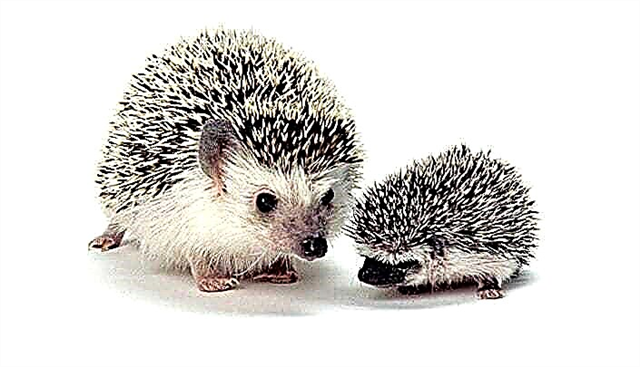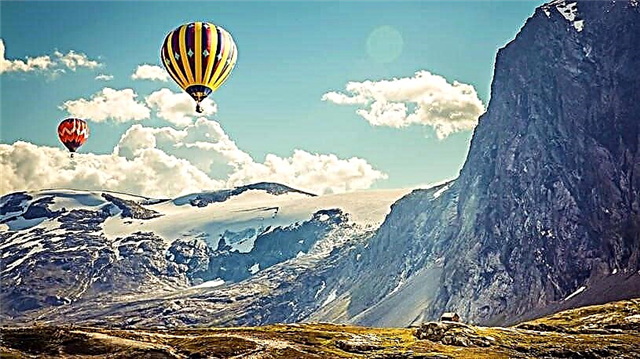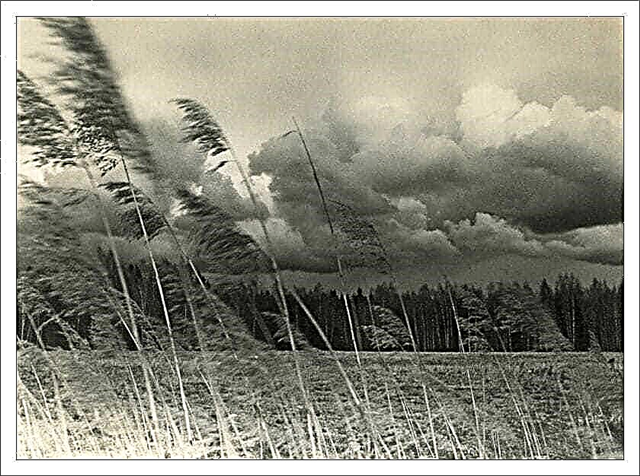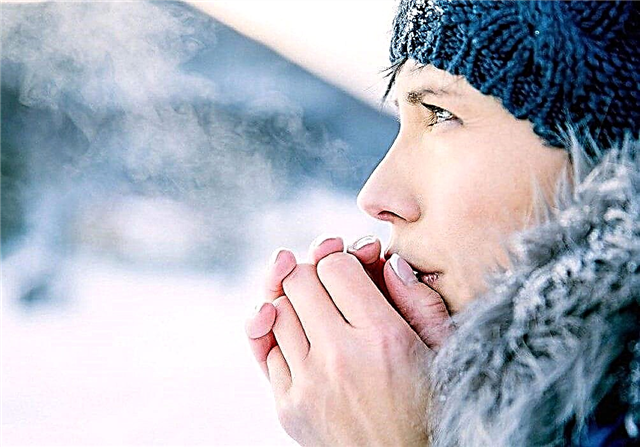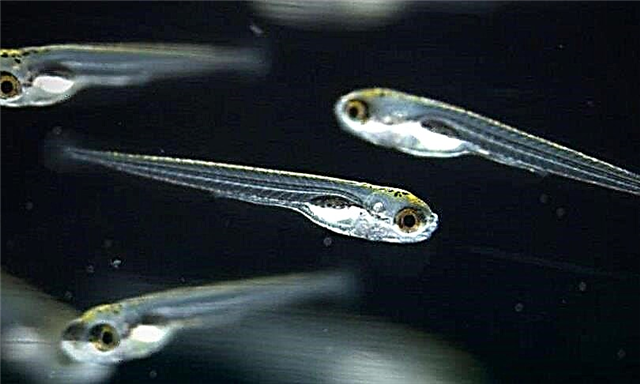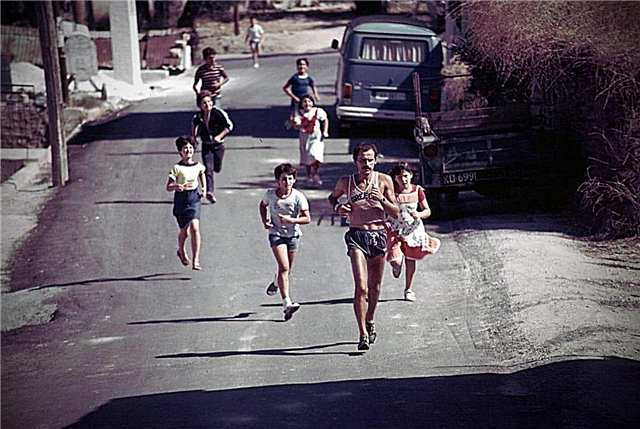
Water is a substance that can be observed in three states of aggregation. However, in the framework of this article, we dwell on its first state, solid.
Water freezes, forming crystals of hard ice. Ice can form many kilometers of surface, covering rivers, lakes and other bodies of water. Moreover, it is lighter than liquid water and is always on top. Water freezes due to lower temperatures.
Temperatures and state of aggregation of substances

The higher the temperature, the further the molecules of any substances are separated from each other. Their distance from each other leads to a softening of the substance, which first becomes liquid, and then completely gaseous. This process can be considered on the example of iron, which melts in a crucible and takes on a liquid form. With a strong increase in temperature, it can also become gaseous, that is, evaporate, but for this the temperature must be really high.
Water, at ordinary room temperature, is a liquid. When the temperature rises, it will become steam, and when it decreases, it will become ice. After all, lowering the temperature has an inverse effect on the molecules - they come together. And when they come closer, the substance becomes harder, denser. The same effect can be achieved by mechanical pressing of any substance - it will become harder, again due to the convergence of the molecules.
What happens when temperatures drop?
When water is affected by low temperatures, the molecules come together to form hexagonal shapes. Of course, these are snowflakes, which are crystals of water.Water cooling and its crystallization are actually synonyms that describe the same process. Water begins to crystallize at a temperature of 0 degrees - this is precisely the moment taken as the zero mark on the Celsius scale. If we consider the American Fahrenheit scale, then the solidification of water will occur at 32 degrees.
But to create water crystals, you need a base, some impurities or suspensions, thanks to which this process starts. And if the water is absolutely pure, a slightly different phenomenon is observed here - sometimes it freezes only at -40 degrees, and at zero and other not too low marks it remains liquid. However, it does not freeze only in a calm state. If you shake it at minus marks, it immediately turns into ice.
Interesting Facts
There are many paradoxes associated with water. And besides the nuance already described above, it should be noted that ice occupies more volume than liquid water, that is, when freezing, this substance expands, while others, on the contrary, occupy less volume at low temperatures. It is with the expansion of water during the formation of ice that the bursting of barrels, pipes and other objects left filled with water for the winter is associated.
At the moment of freezing, the molecules are slightly removed from each other, which gives such an effect. And it is this factor, along with frozen air bubbles, that makes ice floating. If he drowned or formed from the bottom, not a single living creature in the ponds could not winter. But forming on the surface, and staying there, the ice, on the contrary, retains the heat of water and performs a protective function in the winter, giving animals, plants and fish the opportunity to winter and survive.
There are other interesting phenomena. Thus, practice has shown that hot water freezes faster than cold, and this phenomenon was observed with surprise even in ancient times. At the moment, there are several hypotheses that explain this paradox, but no final answer has been found.
Water is a mysterious element, and the more people immerse themselves in its study, the more inexplicable puzzles it brings. At the moment, it is established that she has a memory, can be dead or alive. It is a universal solvent, and has many other unique qualities. Despite its abundance and prevalence on our planet, it still retains many of its puzzles, and most of them scientists only have to put up with. After all, arguing with the facts is difficult.

